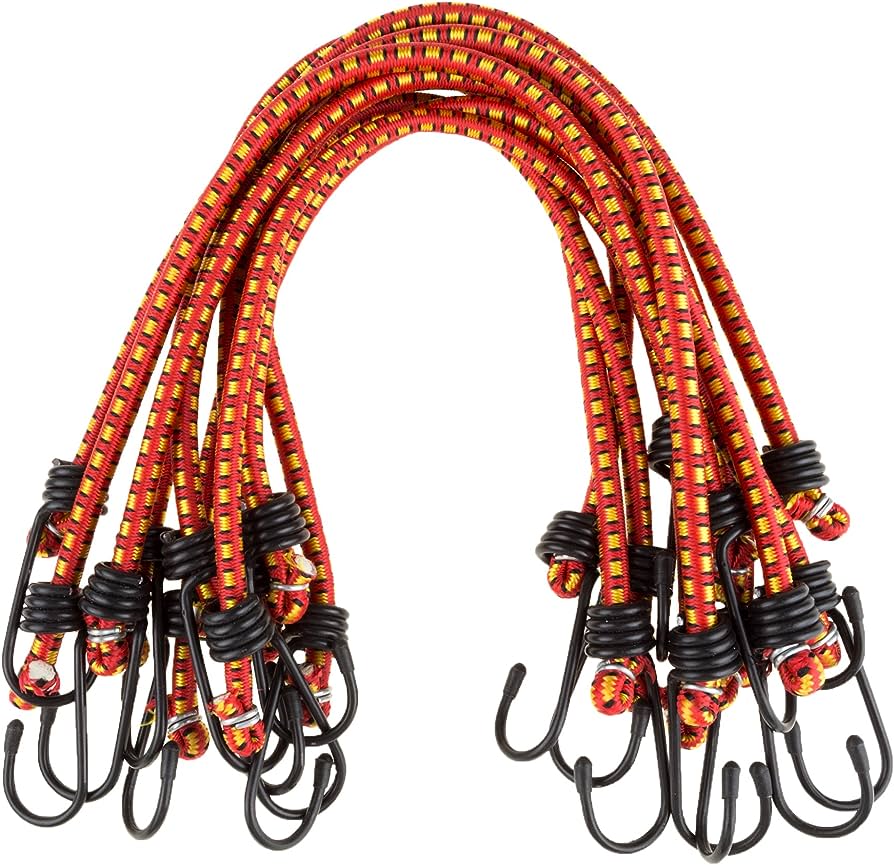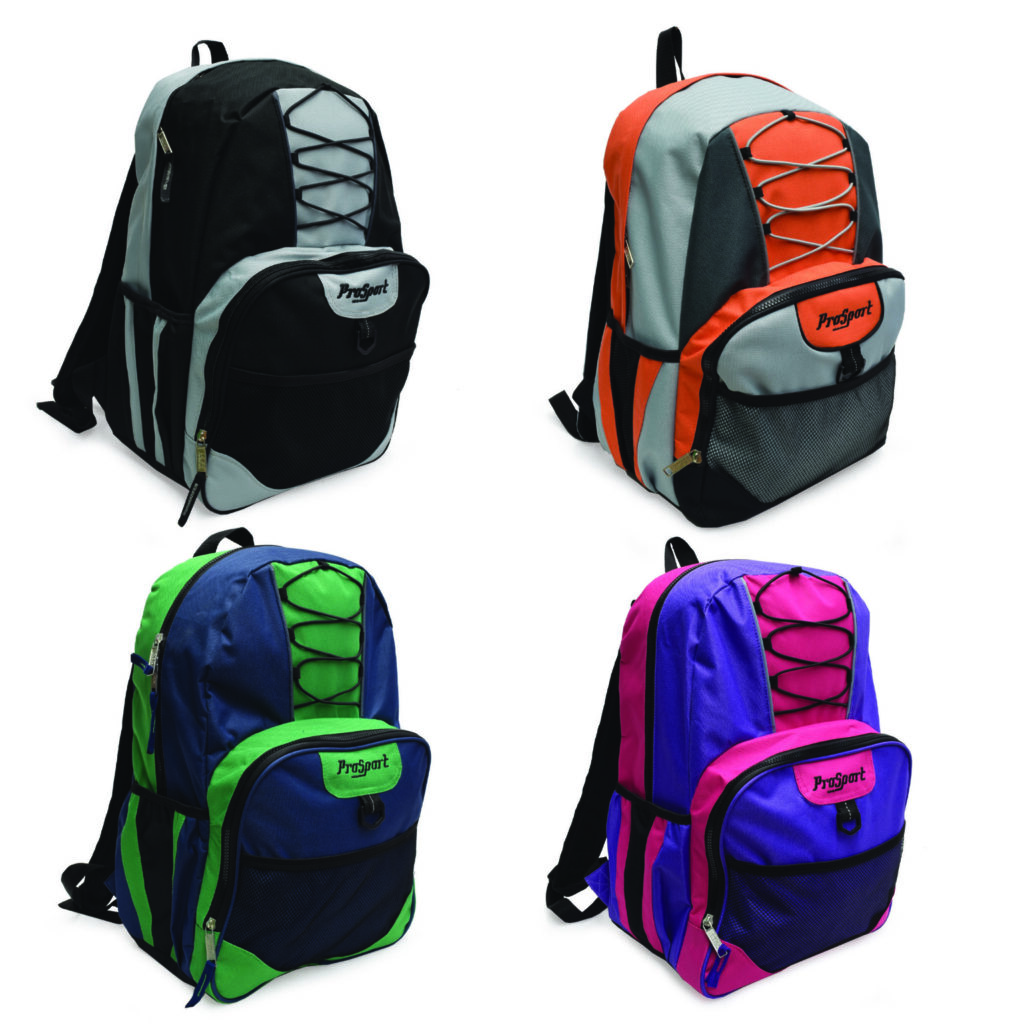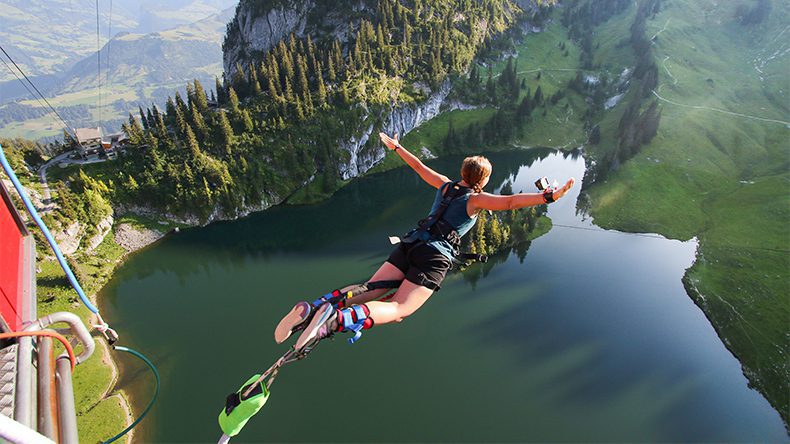When it comes to securing items for transportation or adding resistance to your workout routine, bungee cords are a versatile tool. However, choosing the right size bungee cord is crucial for ensuring both safety and effectiveness. In this guide, we’ll explore the different factors to consider when selecting a bungee cord, including length, diameter, and materials. Whether you’re using bungee cords for backpacking, roof racks, or fitness, we’ll provide tips on measuring and choosing the perfect size for your project. Let’s dive in and discover why choosing the right size bungee cord matters.
Introduction: The Importance of Choosing the Right Size Bungee Cord
Bungee cords have become an indispensable tool for various applications, ranging from securing luggage on road trips to providing resistance in fitness workouts. However, selecting the right size bungee cord is crucial to ensure the safety and effectiveness of your project. A poorly chosen bungee cord can lead to accidents, damage to your belongings, or even personal injuries. In this guide, we delve deeper into the world of bungee cords, exploring the factors that influence their performance and providing practical tips for selecting the best size for your specific needs.
Undoubtedly, the most critical aspect of a bungee cord is its ability to stretch and provide tension. This elasticity is what makes bungee cords so versatile and useful in a wide array of applications. However, the stretchiness can also prove challenging when determining the correct size for your project. For instance, a cord that is too short may not reach its intended anchor points, while an overly long one may not provide the necessary tension to keep your items secure.
Moreover, the diameter of the bungee cord has a direct impact on its strength and durability. A thicker cord will typically have a higher break strength, making it suitable for heavier loads or more demanding applications. On the other hand, a thinner cord may be more appropriate for lightweight projects where a lower break strength is acceptable.

Yellow bungee cord
Another factor to consider when choosing the right size bungee cord is the material it is made from. Different materials, such as rubber, polypropylene, or nylon, have varying degrees of elasticity, durability, and resistance to environmental factors like sunlight and moisture. By understanding these properties and their implications, you can make a more informed decision when selecting the perfect bungee cord for your project.
In addition to the factors mentioned above, the specific application of the bungee cord plays a significant role in determining the appropriate size. For example, securing a kayak on a roof rack may require a different size bungee cord than attaching a tarp to a canopy frame. By taking into account the unique requirements of your project, you can ensure that you choose a bungee cord that is not only the right size but also the most suitable for the task at hand.
As you navigate your way through this guide, you will gain a deeper understanding of bungee cord sizes, materials, and applications. With this knowledge, you will be better equipped to choose the right size bungee cord for your specific needs, ensuring the success of your project and the safety of your belongings.
Understanding Bungee Cord Sizes: Length, Diameter, and Materials
Bungee cord sizes are measured in two ways: length and diameter. Choosing the right size is essential because if the cord is too short, it won’t provide enough tension, and if it’s too long, it can snap. Let’s take a closer look at these two measurements and the impact of materials on bungee cord performance:
Length: Finding the Perfect Fit
Bungee cords come in various lengths, ranging from 10 meters to 100 meters. Custom orders can also be placed if a particular length is required. The ideal length for a bungee cord should be slightly shorter than the distance it needs to span. Overstretching a bungee cord can cause breakage, so it’s safer to go longer than shorter. If needed, a hot knife rope cutter can be used to cut a bungee cord to the desired length.

Bungee cord
When determining the appropriate length for your project, consider the amount of tension required, the distance between anchor points, and any potential obstacles. Keep in mind that bungee cords with hooks may need additional length to accommodate the hooks’ size. It’s always better to have a little extra length than not enough, as you can always adjust the cord to fit your needs.
Diameter: Balancing Strength and Flexibility
The diameter of a bungee cord relates to its thickness. Bungee cords come in diameters ranging from 2mm to 12mm. The thickness should be chosen based on the weight it will support. For example, thicker cords are necessary for extreme conditions, such as supporting garden furniture. The material of a bungee cord also impacts its break strength, durability, and stretch capacity. Common materials include rubber, polypropylene, and nylon. Pay attention to these factors when considering the appropriate size for your project.
Thinner cords offer greater flexibility and are ideal for lighter loads and delicate objects. On the other hand, thicker cords provide increased strength and durability, making them suitable for heavy-duty applications. It’s essential to strike a balance between strength and flexibility to ensure your bungee cord can handle the task at hand without causing damage to your belongings or the cord itself.
Materials: The Backbone of Bungee Cord Performance
The material of a bungee cord plays a crucial role in its overall performance. Rubber bungee cords are known for their excellent elasticity and weather resistance, making them suitable for outdoor use. Polypropylene cords are lightweight and resistant to water, chemicals, and UV rays, making them a popular choice for marine applications. Nylon bungee cords are strong and durable, with excellent abrasion resistance, making them ideal for heavy-duty tasks.
When choosing a bungee cord material, consider the environment in which it will be used, the weight of the load, and the level of abrasion the cord may encounter. Each material has its advantages and disadvantages, so it’s essential to select the one that best suits your specific needs and requirements.
In conclusion, understanding bungee cord sizes, including length, diameter, and materials, is crucial for selecting the right cord for your project. By considering these factors, you can ensure the safety and effectiveness of your bungee cord applications.
Choosing the Right Size Bungee Cord for Backpacks, Roof Racks, and Bungee Fitness
Each application of bungee cords requires a specific size and type to ensure optimal performance and safety. In this section, we will delve deeper into the appropriate bungee cord sizes for backpacks, roof racks, and bungee fitness activities.
Backpacks
When it comes to securing extra items to your backpack, the right size bungee cord can make all the difference. A bungee cord that is too short may not wrap around your belongings securely, while a cord that is too long might leave excess material that could get tangled or caught on something. As a general rule, choose a bungee cord with a length that is slightly longer than the circumference of the items you want to secure.

Bungee jumping backpack
Moreover, the diameter of the cord should be considered, as it affects the cord’s strength and elasticity. For lightweight items, a thinner cord of around 4-6mm in diameter should suffice. However, if you plan to attach heavier items, consider using a thicker cord of 8-10mm in diameter for added strength and durability.
Roof Racks
Securing items on a roof rack while driving demands a bungee cord that can withstand wind resistance and prevent your cargo from slipping or moving around. The appropriate length of the bungee cord will depend on the size of the roof rack and the dimensions of the cargo being carried. It’s advisable to measure the distance between the attachment points on the roof rack and add some extra length for adjustments.
Opt for a thicker diameter cord of at least 10mm for added security, and consider using bungee straps with a flat shape. These straps distribute pressure more evenly over the cargo, reducing the risk of damage to your belongings and providing a more secure hold.
Bungee Fitness
Bungee fitness is an innovative and fun way to exercise, incorporating bungee cords for resistance training and muscle building. Bungee running, a popular low-impact workout, requires a thick and sturdy cord to ensure your safety and provide the necessary resistance for an effective workout.
For bungee running, a cord with a diameter of at least 12mm is recommended, with a length of 5-10 meters depending on the available space and your fitness level. If you plan to perform bungee exercises outdoors, consider using a longer cord to accommodate the additional space. If you’re unsure about the best cord for your needs, consult with a bungee fitness professional or supplier to discuss your options and find the perfect fit for your workout routine.
In conclusion, choosing the right size bungee cord for your specific application is crucial for safety, effectiveness, and longevity. By considering factors such as length, diameter, and material, you can make an informed decision and select the ideal bungee cord for your backpack, roof rack, or bungee fitness activities.
Measuring Bungee Cords: How to Choose the Right Size for Your Project
When it comes to selecting the perfect bungee cord for your project, understanding how to accurately measure bungee cords is crucial. The length, diameter, and material of the cord will all impact its performance. Here are some practical tips to help you choose the right size bungee cord for your specific needs.
1. Evaluate your project requirements
First, consider the type of project you’re undertaking. Are you securing items to a backpack, fastening cargo to a roof rack, or participating in bungee fitness activities? Each application will require a different bungee cord size. Make a list of the items you need to secure and their dimensions, as this will help you determine the most suitable cord size.
2. Assess the environment and potential hazards
Think about the environment in which the bungee cord will be used. Will it be exposed to extreme temperatures, moisture, or sunlight? These factors can affect the cord’s durability and performance. Additionally, consider the potential for abrasion, as this may require a thicker cord or one made from a more durable material.
3. Consult a bungee cord size chart
Use a bungee cord size chart as a starting point to guide your decision. Keep in mind that this chart is a general guide, and the actual size needed may vary based on specific factors such as material and stretch capacity. You can find bungee cord size charts online or in hardware stores.
4. Consider the cord’s tensile strength and stretch capacity
When choosing a bungee cord, it’s essential to consider its tensile strength and stretch capacity. Tensile strength refers to the maximum load the cord can handle before breaking, while stretch capacity refers to how far the cord can stretch before losing its elasticity. These factors will vary depending on the cord’s material and construction, so be sure to check the manufacturer’s specifications.
5. Test the cord before use
Before using the bungee cord for your project, it’s a good idea to test its performance by stretching it and securing a small load. This will give you an idea of how well the cord can handle the weight and dimensions of the items you need to secure. If the cord seems too thin or doesn’t provide enough tension, consider choosing a larger size or a different material.
In conclusion, measuring bungee cords and choosing the right size for your project involves evaluating your specific needs, assessing the environment and potential hazards, consulting a bungee cord size chart, and considering the cord’s tensile strength and stretch capacity. By following these steps, you can ensure that you select the most suitable bungee cord for your project, ensuring safety and effectiveness in securing your items.
Going Beyond the Basics: Tips for Choosing the Perfect Bungee Cord
Now that you understand the fundamentals of selecting the right size bungee cord, let’s dive deeper into some additional factors and tips that can help you make the best choice for your specific needs. By considering these aspects, you can ensure that your bungee cord is not only the correct size but also the most suitable for your project or activity.
1. Consider the Environment and Weather Conditions
When choosing a bungee cord, it’s essential to take into account the environment and weather conditions where it will be used. For instance, if you plan on using the cord outdoors, opt for a material that is resistant to UV rays, such as polypropylene or nylon. Additionally, if the cord will be exposed to moisture, a water-resistant material like rubber is a good choice. Considering these factors will help prolong the life of your bungee cord and maintain its effectiveness.
2. Assess the Frequency and Duration of Use
Another factor to consider is how often and for how long the bungee cord will be used. If you need a cord for a one-time event or short-term use, a thinner and more affordable option may suffice. However, if you plan on using the cord frequently or for extended periods, investing in a thicker, more durable cord is advisable to ensure it can withstand the wear and tear.
3. Keep Safety in Mind
Safety should always be a top priority when selecting a bungee cord. Make sure to choose a cord with a strong hook or attachment mechanism, as this will help prevent the cord from accidentally detaching and causing injury. Additionally, it’s essential to inspect the cord regularly for signs of wear or damage, and to replace it when necessary.
4. Opt for Color-Coded Bungee Cords
Color-coded bungee cords can be a convenient option, especially if you have multiple cords for different purposes. By assigning a specific color to each size or application, you can quickly and easily identify the right cord for your needs, saving you time and effort.
5. Don’t Hesitate to Ask for Expert Advice
If you’re still unsure about which bungee cord size to choose, don’t hesitate to consult an expert or seek advice from a reputable retailer. They can provide valuable insights and recommendations based on their experience and knowledge, helping you make an informed decision.
In conclusion, selecting the right size bungee cord goes beyond simply considering the length, diameter, and materials. By taking into account factors such as the environment, frequency of use, safety, and even color-coding, you can make a more informed decision and choose the perfect bungee cord for your specific needs. Happy cord shopping!
FAQ & Fans Questions
Bungee cord sizes are measured in length and diameter
Choosing the right size bungee cord is important to avoid snapping the cord or not achieving enough tension.
Both length and diameter should be considered when selecting a bungee cord, as well as the weight of the items it will support and the conditions it will be used in.
A bungee tie or luggage elastic may be more suitable for backpacks that require multiple wraps of a bungee cord.
The ideal length for a bungee cord should be slightly shorter than the distance it needs to span, but it’s safer to go longer than shorter to avoid over-stretching and breakage.
Bungee fitness is a type of exercise that involves using bungee cords for muscle and resistance training, and can be done indoors or outdoors.
A thicker diameter bungee cord is recommended for added security and to support heavier items.
A bungee cord size chart is a helpful tool to determine which size to choose based on the weight of the items being secured.

